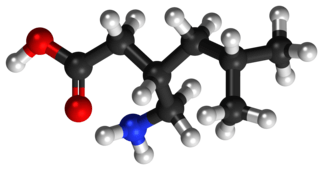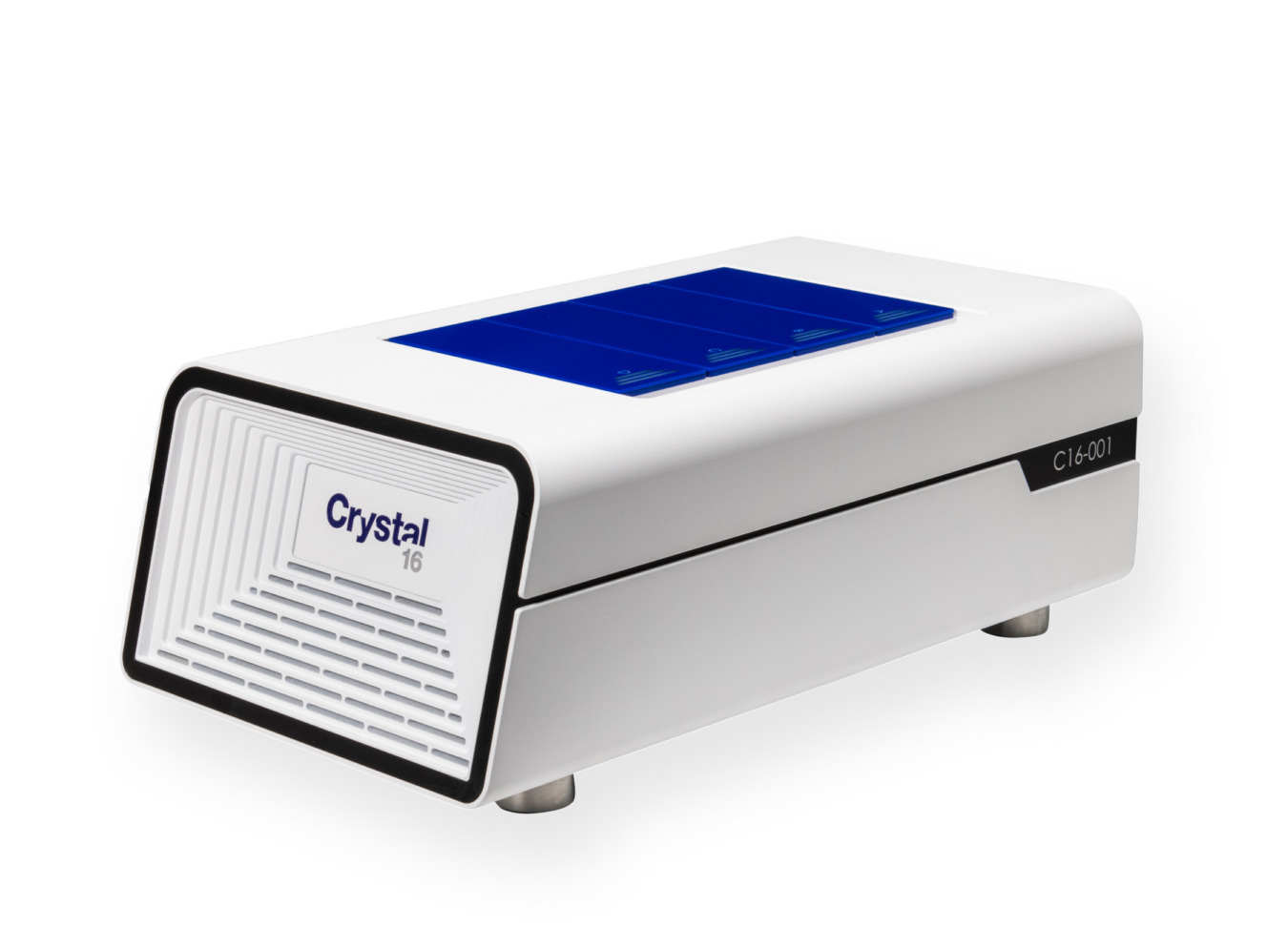Crystal16: Linking Solution Chemistry and Nucleation
In pharma, 80% of the active ingredients are used in their crystalline form, and 40% of all industrial crystallization processes are “cooling crystallization”. As the particle properties such as crystal shape, size distribution and polymorphic form are defined by the nucleation step, solution chemistry plays an important role in crystal nucleation. Steendam et al. studied the link between solution chemistry and nucleation in an attempt to control the crystallization process of pregabalin.
Pregabalin, marketed under the brand name Lyrica (Pfizer) among others, is a medication used to treat epilepsy, neuropathic pain, fibro myalgia, restless leg syndrome, and generalized anxiety disorder. It is a GABA (γ-aminobutyric acid) analogue and closely resembles the α-amino acids L-leucine and L-isoleucine. This fact may be of greater relevance in relation to its pharmacodynamics than its structural similarity to GABA. Pregabalin is known to crystallize as a hydrate or an anhydrate. However, the crystallization process shows challenges.
The hydrate form of pregabalin is metastable in crystalline form and irreversibly converts relatively fast into the anhydrate form. In solution, pregabalin behaves totally different, forming hydrate clusters in preference over the anhydrate clusters. By combining induction time measurements on the Crystal16 with the classical nucleation theory, Steendam et al. showed that water enhances both kinetic- and thermodynamic processes of nuclei formation. The ease of nucleation increases with solubility and water fraction of the solvent.

The feedback control functionality of the Crystallization Systems software allows the Crystal16 to start the next step in the programme automatically after detection of clear- and cloud points.
The Crystal16 instrument with the feedback control functionality enables you to easily detect when the compound is completely dissolved (clear point) and controls crystallization by triggering the next temperature-controlled step (cloud point). By making use of the feedback control functionality, experiment time can be reduced dramatically.
For example, without feedback control, a new Crystal16 experiment is programmed to start once the programmed time is finished. Typically, the time of a crystallization experiment is long due to the stochastic nature of crystallization. However, a crystallization experiment usually finishes well within the total experimental time after the material has crystallized. As a result, most of the experimental time and data after crystallization is not necessary. With feedback control, the experimental data can be recorded only for the experimental time of interest.

Steendam et al. used the Crystal16 with feedback control in such a way to start a new experiment once the transmissivity of the vials reached a pre-set value (90% in case of induction times ≤ 15000s) or after a pre-set time (in case of longer induction times ≥ 15000s). In this way, Steendam et al. rapidly recorded between 50 and 160 induction times for each supersaturation ratio S in each solvent system. With the use of the Crystal16 instrument and its feedback control software, the temperature cycle would repeat itself without any human interference every time crystallization occurred.
Steendam et al. foresee that the approach published last year in Crystal Growth & Design, will be of further use revealing relationships of self-association in solution, crystallization and hydration of Active pharmaceutical ingredients. For the development of crystallization processes at large scale, the link between solution chemistry, solid forms and their structural landscape is essential.
References
Technobis Crystallization Systems is grateful to Dr René Steendam et al for their support with this experiment.
- Rene R. E. Steendam, U. B. Rao Khandavilli, Leila Keshavarz, Patrick J. Frawley, Cryst. Growth Des. 2019, 19, 8, 4483-4488.
Curious to learn more?
Read more about the experiments in this article in the application note "New software options for feedback control".